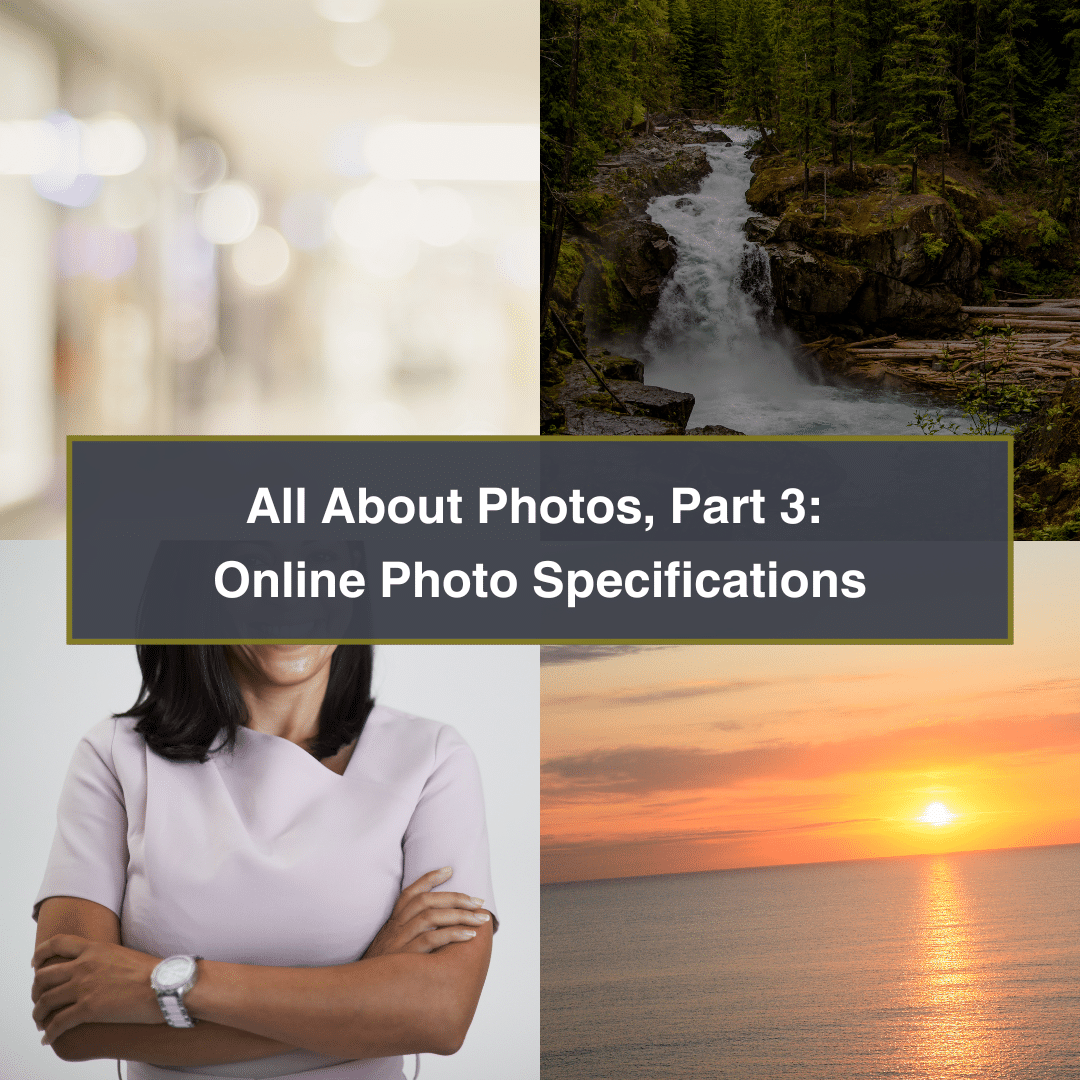

You should avoid using these two words on your website entirely! This is an incredibly common error among all websites, but your ministry should not be one of them! The good news it that this error is easy and quick to fix!
Let us help explain why you don’t have to worry about telling a user where to click, and provide you with techniques to make every link and button on your website amazing!
Contrary to popular belief, the words “click here” are two of the worst words that you can use on any website. Here’s why:
A hyperlink – the name for text that links to another website or image or PDF – is designed to stand out from the surrounding words. Typically this means the hyperlink is a different color, slightly bolder, and usually underlined. This slight change in style makes the font stand out from the crowd and informs visitors that they can click on those few words to be taken to another page to learn more. Hyperlinks are practically screaming at their visitors “CLICK ME! CLICK ME!”
The purpose of a button on a website, or anywhere for that matter, is to stand out more than a hyperlink and to quickly draw a user’s eyes to that area on the page. A human’s brain is going to naturally be to want to click on a button. Placing “Click Here to Learn More” on a button is not needed. Using unneeded words on a button makes your user sift through your content more than they need to, potentially causing them confusion and frustration.
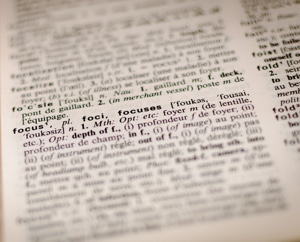
Hyperlinks and buttons are designed with the human brain in mind. The reason they are meant to stand out is to 1) draw attention to the link and 2) notify the user they should click on the link!
The simpler you can keep both hyperlinks and buttons, the better. For example, I linked the word “hyperlink” at the start of the last section. You may not have even noticed. However, if you were unfamiliar with the word hyperlink, you probably clicked on the word to learn more. If you clicked on it (if you didn’t click on it, please try it anyways) you found that it took you to Wikipedia’s page about hyperlinks. If you skipped scrolling back up and just kept reading (naughty!), you’ll notice that I also linked to the same Wikipedia page in the last sentence. Neither of these two links use the two pesky words “click here” and yet it was 1) intuitive that both contained a link to click on and 2) clear what they linked to.
You want to always be thinking like a visitor that is coming to your website for the first time! It is common for visitors to skim through a website, event listings, or a newsletter or two to simply look for links that they are interested in. If your links and buttons only say “Click Here” chances are your visitor is not going to take the time to click on each link and will just navigate away from your website.
Stop reading and scroll back up and look at only the hyperlinks in this blog post. (Seriously, please take 10 seconds and do this!)
Simply by skimming the words that are linked, you have a very good idea of what each link will take you to and what is being talked about in that area of the page! This is exactly what you want for your own website! A user should never have to play a guessing game where a link is going to take them. It will also make your life a million times easier if you are ever looking for that one specific link you need. Not to mention, searching for a link will be much easier if the text is not “Click here.”
Yes, having links to other pages on your site or even outside sources helps to boost your SEO score! Links to reputable sources helps to build the credibility of your website! By making sure hyperlinks have good descriptive text (which means no using “click here”!) can help the computers that search though the globe’s websites mark your website a reputable source of information.
Okay, so how do I make a good hyperlink or button on my website? Well, it is not that difficult!
All hyperlinks and buttons should:
These three rules are – for the most part – straightforward. Keep in mind that there are always exceptions to these guidelines. You don’t want an entire paragraph of text to be hyperlinked. Only link a key word or phrase that is related to what your linking to. Start all hyperlinks or buttons with an action word such as “read” or “view” or “find”, etc. Always be accurate with what you are linking your visitors to! Don’t say you are linking to a news article when you are really linking to a donation page (or worse)!
Bad Hyperlink: Click here to learn the difference between accessible, usable, and universal design.
Good Hyperlink: Learn the difference between accessible, usable, and universal design.
(These example hyperlinks were taken from The University of Minnesota’s Accessible U website.)
You can see in the two examples above that each sentence is very similar, yet the second example is much clearer than the first.
By simply removing the “click here” hyperlink and instead linking the phrase “difference between accessible, usable, and universal design” you make it much clearer for the reader what is being linked. In both examples, it is equally clear that there is a link to click on within the sentence.
Although the phrase of words that is linked in the second example is longer than “click here” it is much more descriptive for the reader and it can also capture the attention of anyone skimming the page looking for a specific piece of information.

Here at Worship Times we realize that running a ministry is a full-time job and managing your website should make your life easier, not harder!
A website is a long-term investment, and here at Worship Times we want to help make your investment even more effective in spreading the mission you are working to share within your community.
If you have any questions about your existing website, drop us a line! We are only a single click away!

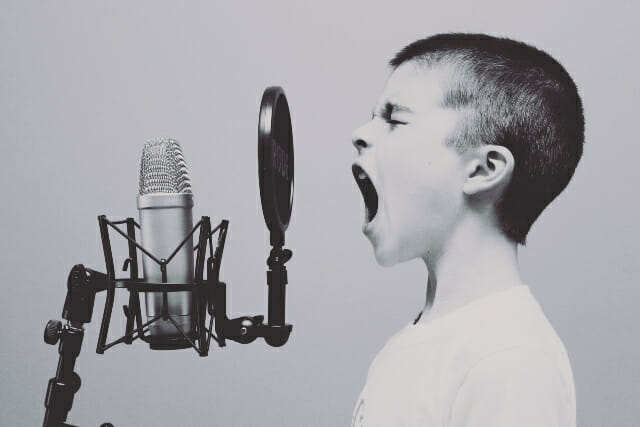
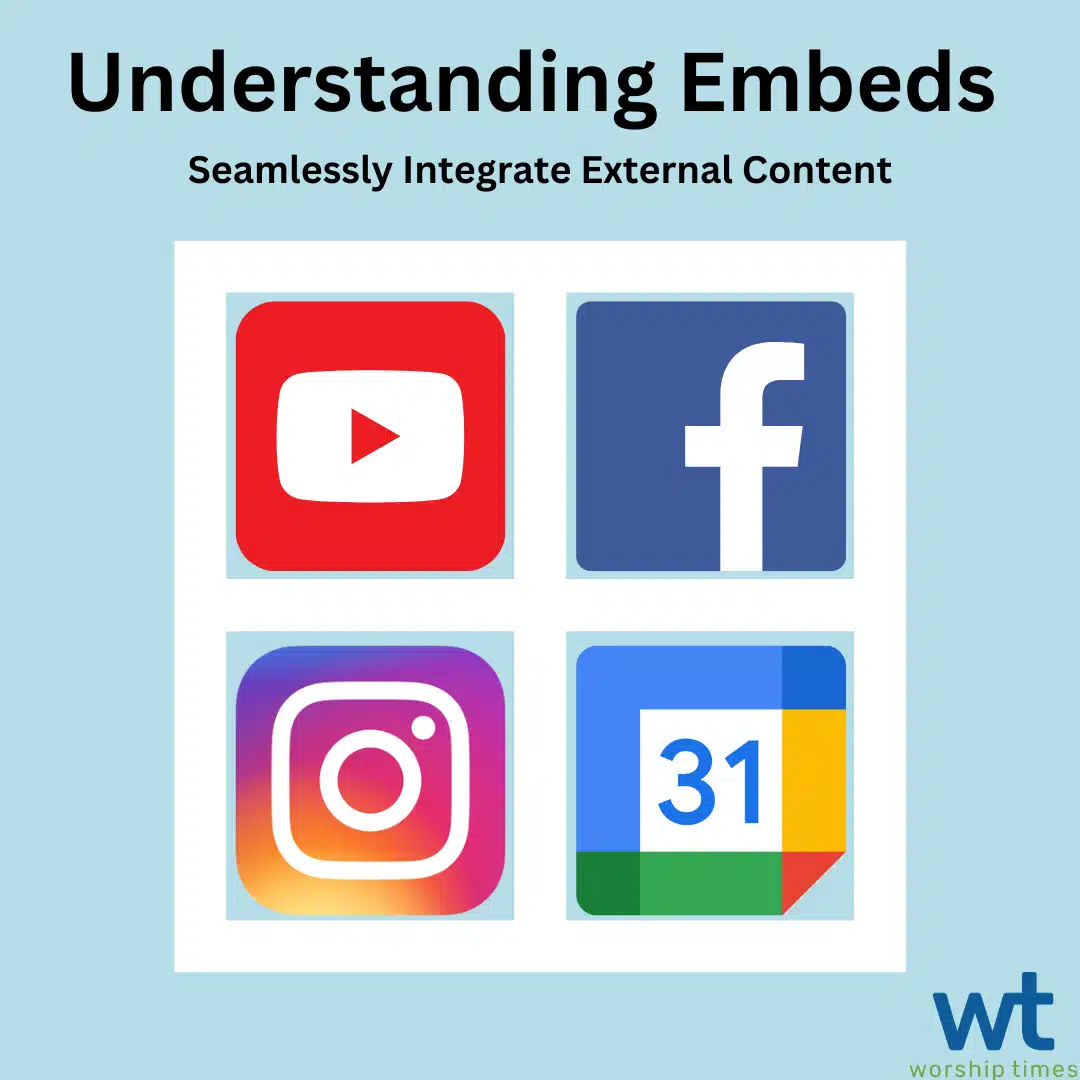
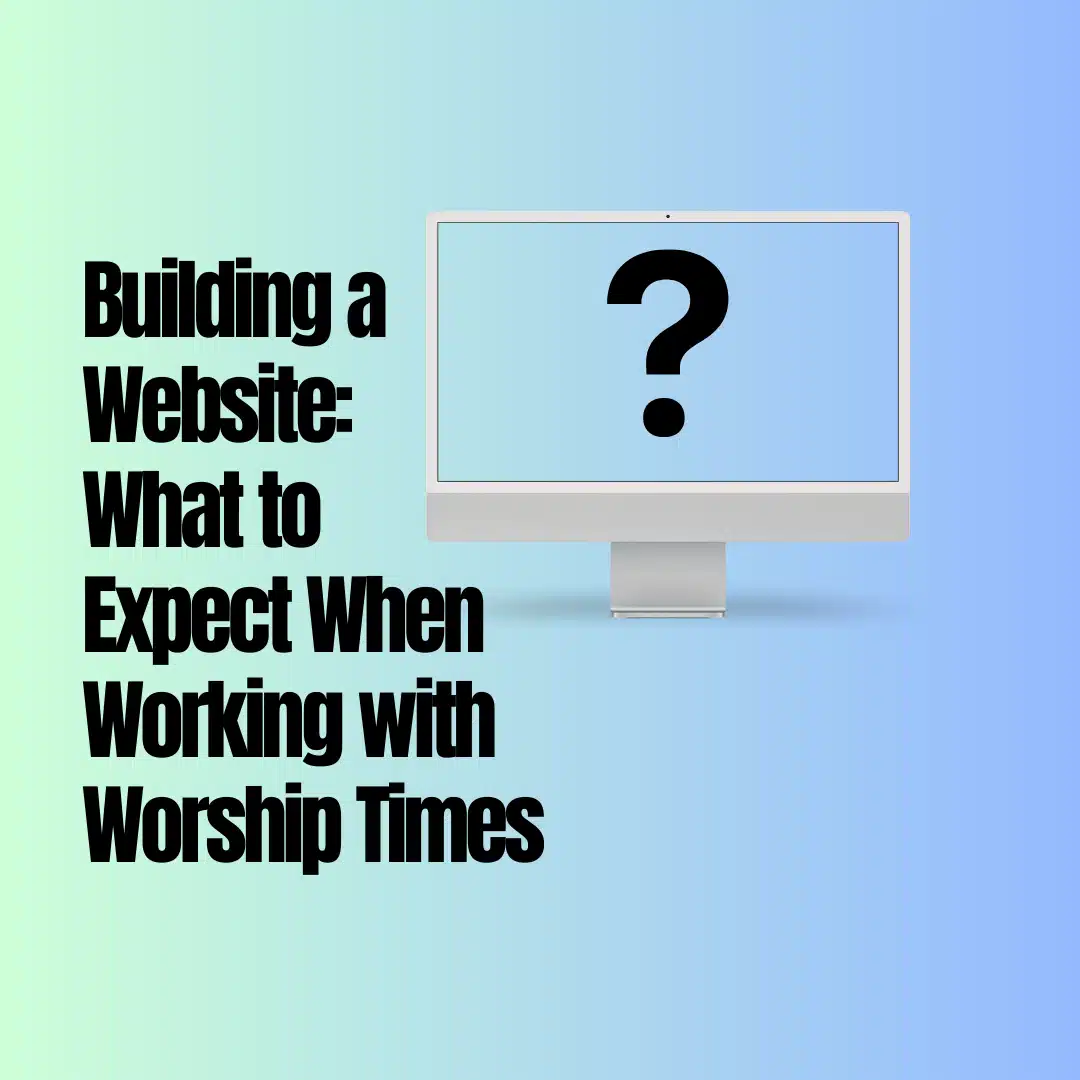
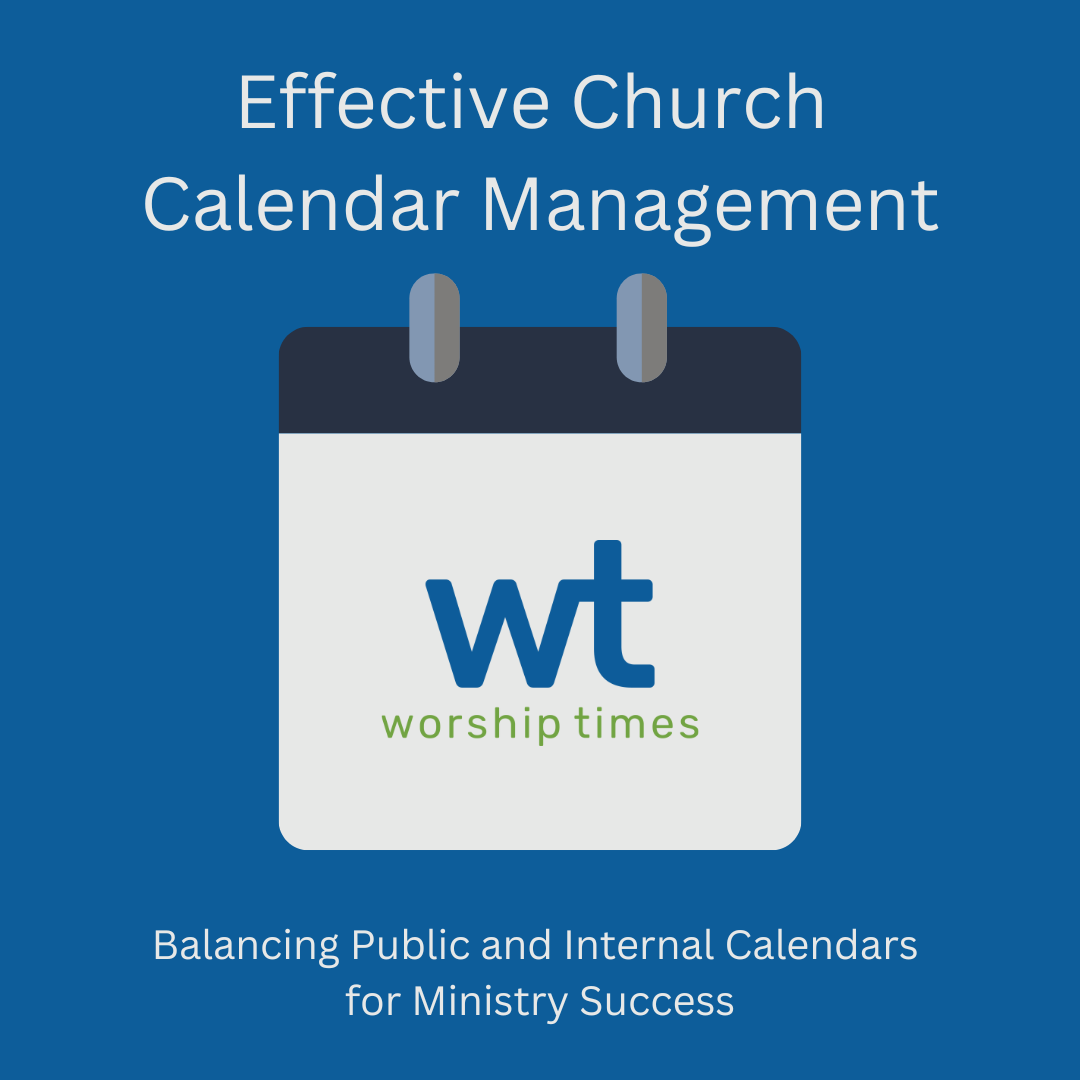
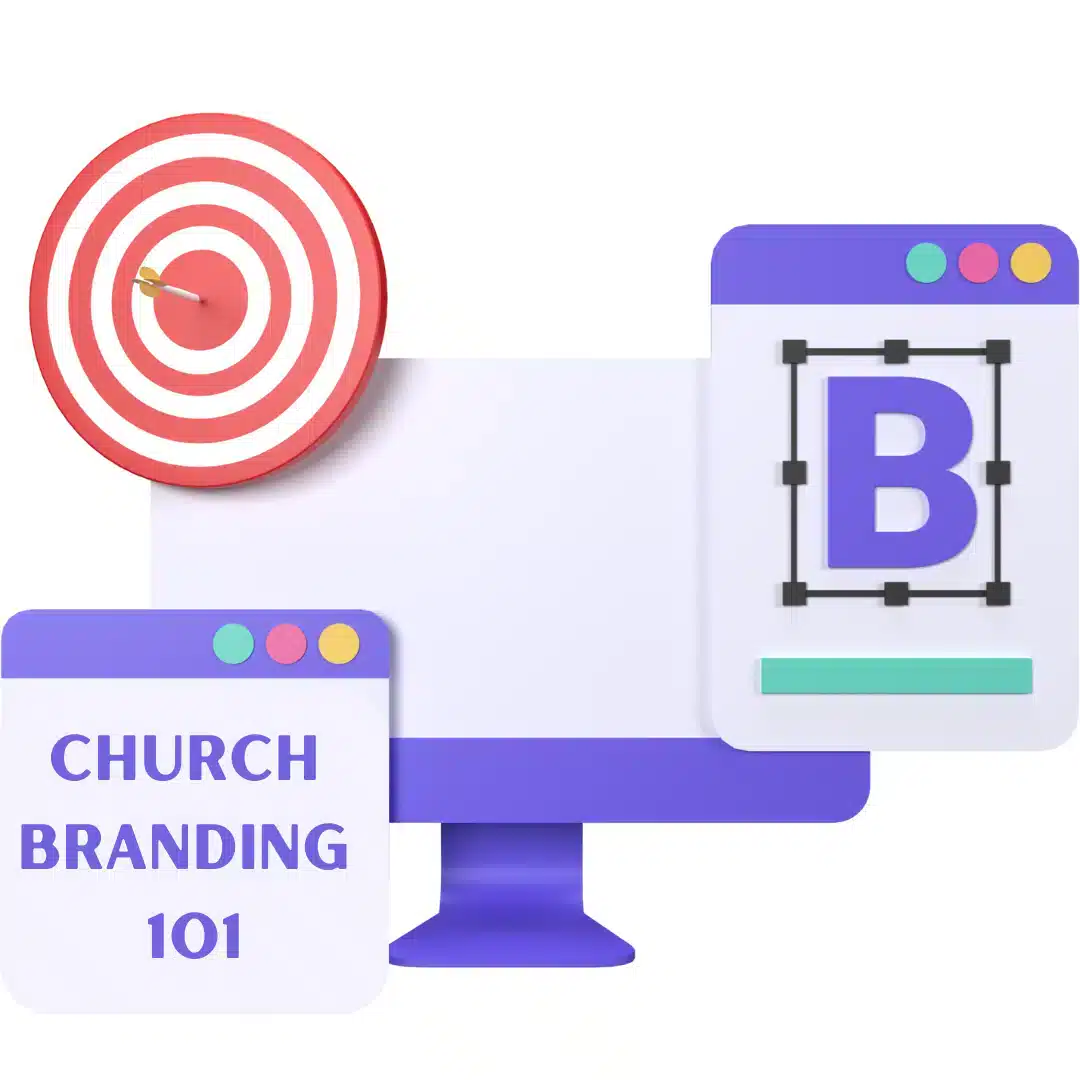
Copyright © 2008 - 2024. Worship Times. All rights reserved.